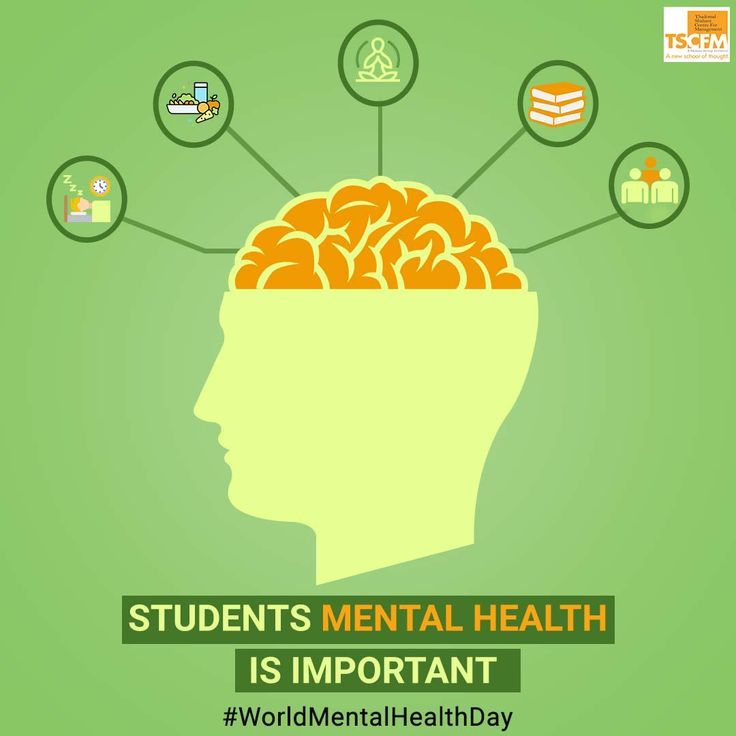In today’s fast-paced educational landscape, institutions worldwide are increasingly recognizing the critical importance of student well-being. This shift represents a profound change from traditional academic-focused models to holistic approaches that nurture both mind and body.
As mental health challenges among young learners continue to rise, schools, colleges, and universities are stepping up to create supportive environments. This article explores how educational bodies are prioritizing student welfare, the strategies they employ, the benefits observed, and the ongoing challenges they face. By delving into these aspects, we aim to highlight why this prioritization is not just beneficial but essential for future generations.
Understanding the Need for Student Well-Being
The concept of student well-being encompasses physical health, emotional stability, social connections, and psychological resilience. In recent years, global events like the COVID-19 pandemic have amplified stressors such as isolation, academic pressure, and uncertainty about the future.
According to various studies, a significant percentage of students report experiencing anxiety, depression, or burnout. For instance, surveys from international organizations indicate that over 40% of college students face mental health issues that impact their performance.
Why is this a priority now? Educational institutions realize that well-being directly correlates with academic success. A student who feels supported is more likely to engage in learning, retain information, and achieve higher grades.
Moreover, fostering well-being helps in developing life skills like resilience and empathy, which are invaluable in professional settings. Institutions are thus investing in programs that address these needs, ensuring that students not only graduate with degrees but also with the tools to thrive in life.
Strategies Employed by Institutions
Educational bodies are adopting multifaceted strategies to promote student well-being. These initiatives range from policy changes to on-campus resources, all designed to create a nurturing atmosphere.
A. Mental Health Counseling Services Many institutions have expanded their counseling centers to offer free or low-cost therapy sessions. Trained professionals provide individual counseling, group therapy, and crisis intervention. For example, universities often partner with external mental health organizations to extend services beyond campus hours.
B. Wellness Programs and Workshops Workshops on stress management, mindfulness, and time management are commonplace. These sessions teach students practical techniques like meditation or journaling to cope with daily pressures. Some schools integrate these into the curriculum, making them mandatory for freshmen to build early habits.
C. Physical Health Initiatives Recognizing the link between body and mind, institutions promote physical activities through gyms, sports clubs, and outdoor events. Nutrition counseling and healthy eating options in cafeterias further support overall health.
D. Peer Support Networks Student-led groups, such as buddy systems or mental health ambassadors, foster a sense of community. These networks allow peers to share experiences and offer mutual support, reducing feelings of isolation.
E. Inclusive Policies Policies addressing diversity, equity, and inclusion ensure that all students, regardless of background, feel valued. This includes accommodations for disabilities, cultural sensitivity training, and anti-bullying campaigns.
F. Technology Integration Apps and online platforms for mental health tracking are being introduced. These tools allow students to monitor their mood, access virtual therapy, or connect with support groups anonymously.
G. Faculty Training Teachers and staff receive training on recognizing signs of distress and providing initial support. This creates a campus-wide safety net where every adult is equipped to help.
H. Financial Aid for Well-Being Some institutions offer grants for wellness-related expenses, like yoga classes or therapy sessions, acknowledging that financial stress can exacerbate mental health issues.
I. Environmental Enhancements Campus designs now incorporate green spaces, quiet zones, and ergonomic facilities to reduce environmental stressors.
J. Research and Feedback Mechanisms Regular surveys and focus groups help institutions gauge student needs and refine their approaches, ensuring programs remain relevant.
These strategies demonstrate a commitment to proactive rather than reactive measures, embedding well-being into the core of institutional operations.
Case Studies of Successful Implementations
To illustrate the impact, let’s examine real-world examples from various institutions.
At a leading university in the United States, the introduction of a comprehensive well-being center led to a 25% reduction in student dropout rates. The center combines counseling, fitness programs, and academic advising under one roof, making it easy for students to seek help without stigma.
In Europe, a consortium of schools implemented mandatory mental health days, allowing students to take breaks without academic penalties. This policy not only improved attendance in classes but also boosted overall satisfaction scores.
Asian institutions, facing high academic competition, have focused on mindfulness integration. One notable college incorporated daily meditation sessions, resulting in higher test scores and lower reported anxiety levels among participants.
These cases show that when institutions tailor strategies to their unique student populations, the outcomes can be transformative.
Benefits to Students and Institutions
Prioritizing well-being yields numerous advantages. For students, it enhances focus, creativity, and interpersonal skills. Healthy individuals are better equipped to handle challenges, leading to personal growth and long-term success.
Institutions benefit through improved reputation, higher enrollment, and better alumni outcomes. A supportive environment attracts top talent, both in students and faculty. Additionally, reduced mental health crises mean fewer disruptions, allowing for smoother operations.
From a societal perspective, well-adjusted graduates contribute positively to the workforce, reducing healthcare costs and increasing productivity. This ripple effect underscores the broader value of institutional investment in well-being.
Challenges and Solutions
Despite progress, challenges persist. Budget constraints often limit program expansion, especially in underfunded public institutions. Stigma around mental health can deter students from utilizing services. Moreover, diverse student needs require customized approaches, which can be resource-intensive.
To overcome these, institutions are seeking partnerships with governments, NGOs, and private sectors for funding. Awareness campaigns help destigmatize seeking help, while data-driven personalization ensures inclusivity.
Training more professionals and leveraging technology can address scalability issues. For instance, AI-powered chatbots provide initial support, freeing human counselors for complex cases.
Ongoing evaluation is key; institutions must adapt to evolving needs, such as those arising from technological advancements or global events.
The Role of Parents and Communities
While institutions lead the charge, parents and communities play vital roles. Parental involvement through workshops educates families on supporting student well-being at home. Community partnerships offer additional resources, like local mental health clinics or volunteer programs.
Encouraging open dialogues between schools and families ensures a consistent support system. This collaborative approach amplifies the effectiveness of institutional efforts.
Future Trends in Student Well-Being
Looking ahead, emerging trends include greater emphasis on digital well-being, addressing issues like screen time and online harassment. Virtual reality for therapy and predictive analytics to identify at-risk students are on the horizon.
Sustainability initiatives, linking environmental health to personal well-being, are gaining traction. Institutions are also exploring global collaborations to share best practices.
As education evolves, well-being will likely become a standard metric for institutional success, alongside academic rankings.
Conclusion
Institutions prioritizing student well-being are not just responding to current crises but investing in a healthier future. By implementing comprehensive strategies, overcoming challenges, and fostering collaborations, they create environments where students can flourish. This holistic focus ensures that education fulfills its true purpose: preparing individuals for fulfilling lives.
In an era where mental health is paramount, such prioritization is a testament to progressive education. As more institutions adopt these practices, the global student community stands to gain immensely.














